Care of Your Products
In this section, those who decide to rely on the quality and experience of IBFOR will be able to find useful information on the care and use of their product, together with some simple instructions for the maintenance of the various materials that make up our products.
Upon request, we can supply a specific cleaning kit for some materials, however contributing to the maintenance of the products with small daily precautions is very simple. Below you can find some of them.
We'd like to specify that that our products are intended for indoor use with standard climatic conditions (18-22 °C) and relative humidity between 55-75%. The product must not be exposed to intense sources of heat or direct sunlight, in order not to risk altering its characteristics.
For any further doubts or requests for explanations, you can contact customer service by email at info@ibfor.com. Thanks to twenty years of experience in the design furniture production sector, IBFOR staff will be able to give you the best advice to ensure that your furnishing accessories retain their beauty over time.

WOOD
For better stability of furniture with wooden components (legs, frame, etc.), it is advisable to place them on smooth floors. Furthermore, it is advisable to avoid leaving the product in direct sunlight or in front of heat sources or heat pipes (radiators/fan coils/heaters) or air conditioning vents, to avoid large temperature changes that could compromise the integrity of the structures.
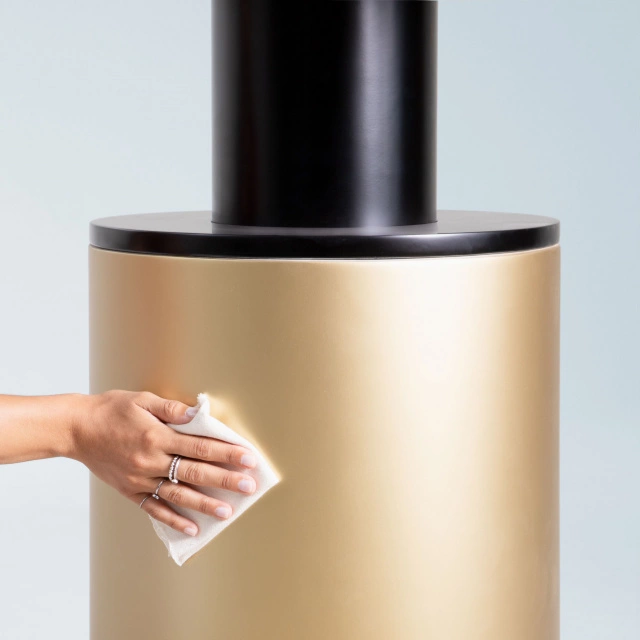
LACQUERED PARTS
In order to clean the lacquered parts, both glossy and matt, simply wash the surface with a soft microfibre or chamois leather cloth, dampened in warm water not exceeding 40°C and with a neutral detergent (for example Marseille soap). Always avoid abrasive sponges, steel wool, ammonia, bleach and other aggressive or corrosive products. Ethyl alcohol is also not recommended, it can be used in case of settled or persistent stains, but always diluted with water and in moderate quantities.
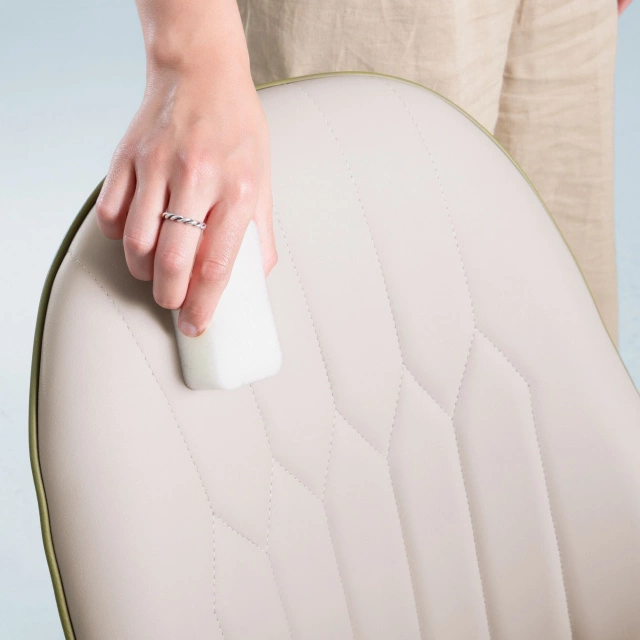
LEATHER
Periodically use a damp cloth (cotton if possible) to clean the leather surfaces. Avoid products that contain alcohol, but use only specific products to protect the leather, so as to always keep it soft and delay the aging process as well as protect it from wear.
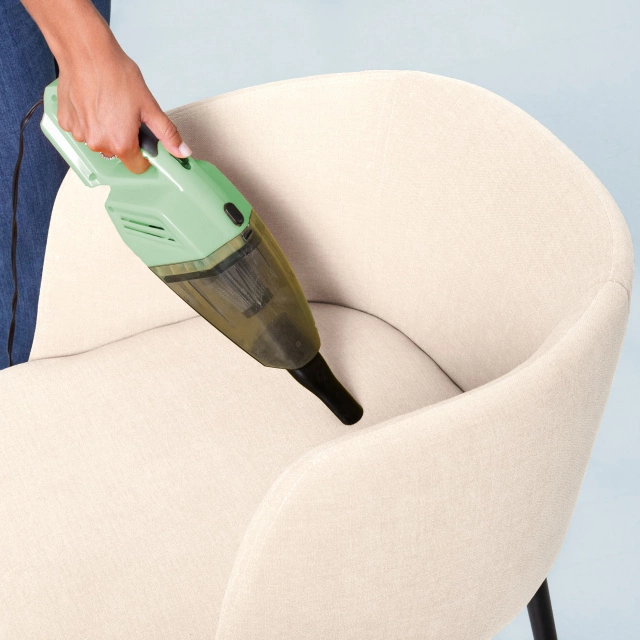
FABRIC
Use a cloth (possibly white cotton) moistened with water and a neutral detergent (for example Marseille soap), rubbing on the surface to remove the stains. Instead, use a vacuum cleaner to remove dust residues between the wefts of the fabric. If alcohol-based products fall on the fabric, it is advisable to remove them quickly, by dabbing with a water-dampened cloth.
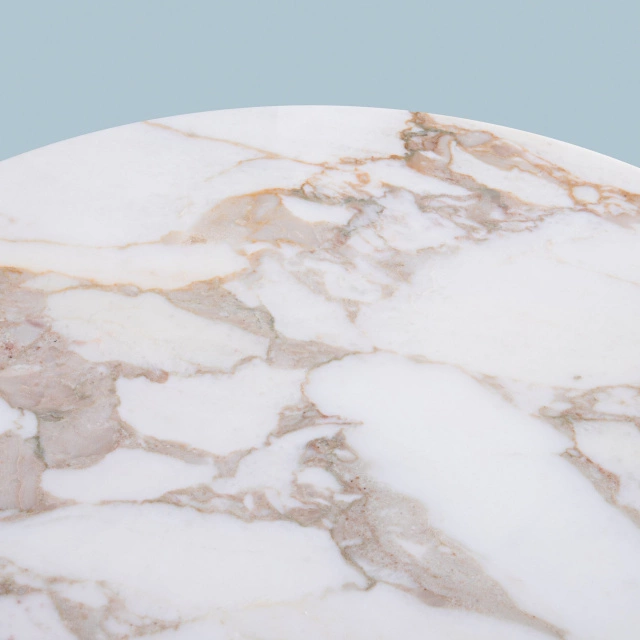
MARBLE
We recommend using a cotton cloth moistened with water and a neutral detergent (such as Marseille soap). DO NOT use alcohol-based products as they will ruin the polish of the top.
Remember that, being a naturally porous material, marble can easily absorb liquids that fall on its surface. For this reason, please pay particular attention during daily use and protect the marble top with a tablecloth during meals.
Avoid pouring particularly acidic substances on the surface, such as vinegar, wine or lemon, which could irreparably stain the marble.
It is strongly recommended to proceed with a treatment with "water-oil repellent" products, which can also be purchased on our website, to be repeated annually to promote resistance and preserve the beauty of the marble.

CERAMIC
To keep ceramic tables clean and in tip-top condition, it's important to adopt a regular cleaning routine and use the right tools. Initially, remove dust and surface residues with a suitable cloth. Next, clean the surface with your preferred product, such as a degreaser or glass product.
Be careful when the ceramic comes into contact with unpolished surfaces or ceramic on ceramic which can scratch it.
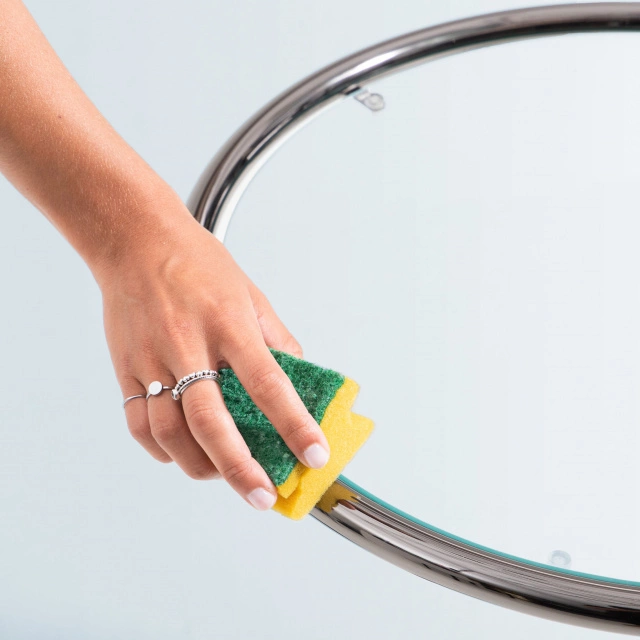
CHROME PARTS
As for the metal parts, especially if they are chromed, they should be periodically cleaned with a cloth moistened with a solution composed of water and with a neutral detergent as much as possible. For the more stubborn stains it is also possible to use vinegar mixed with water. To avoid are products that contain acetone, diluents, ammonia, abrasive detergents or furniture wax.
